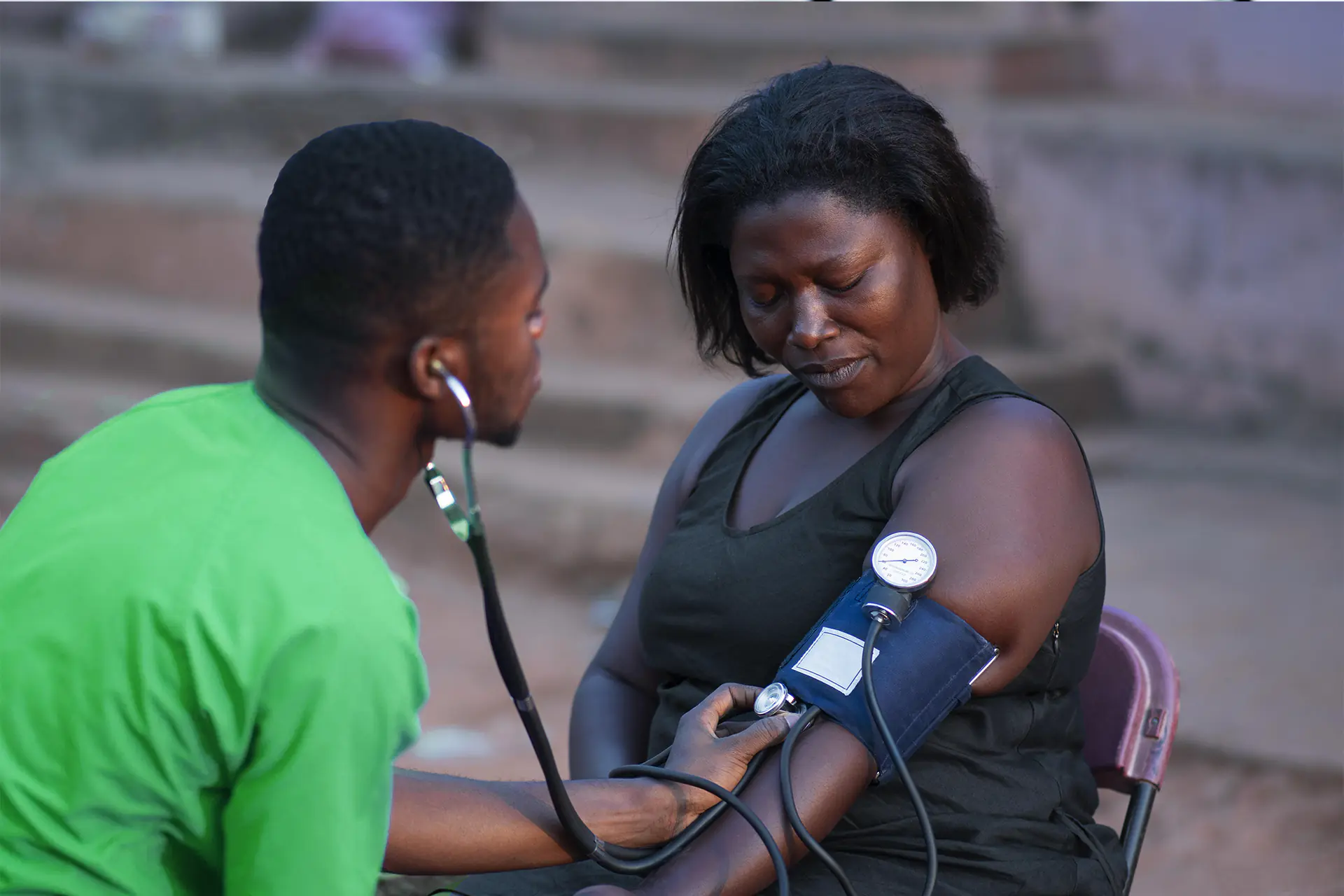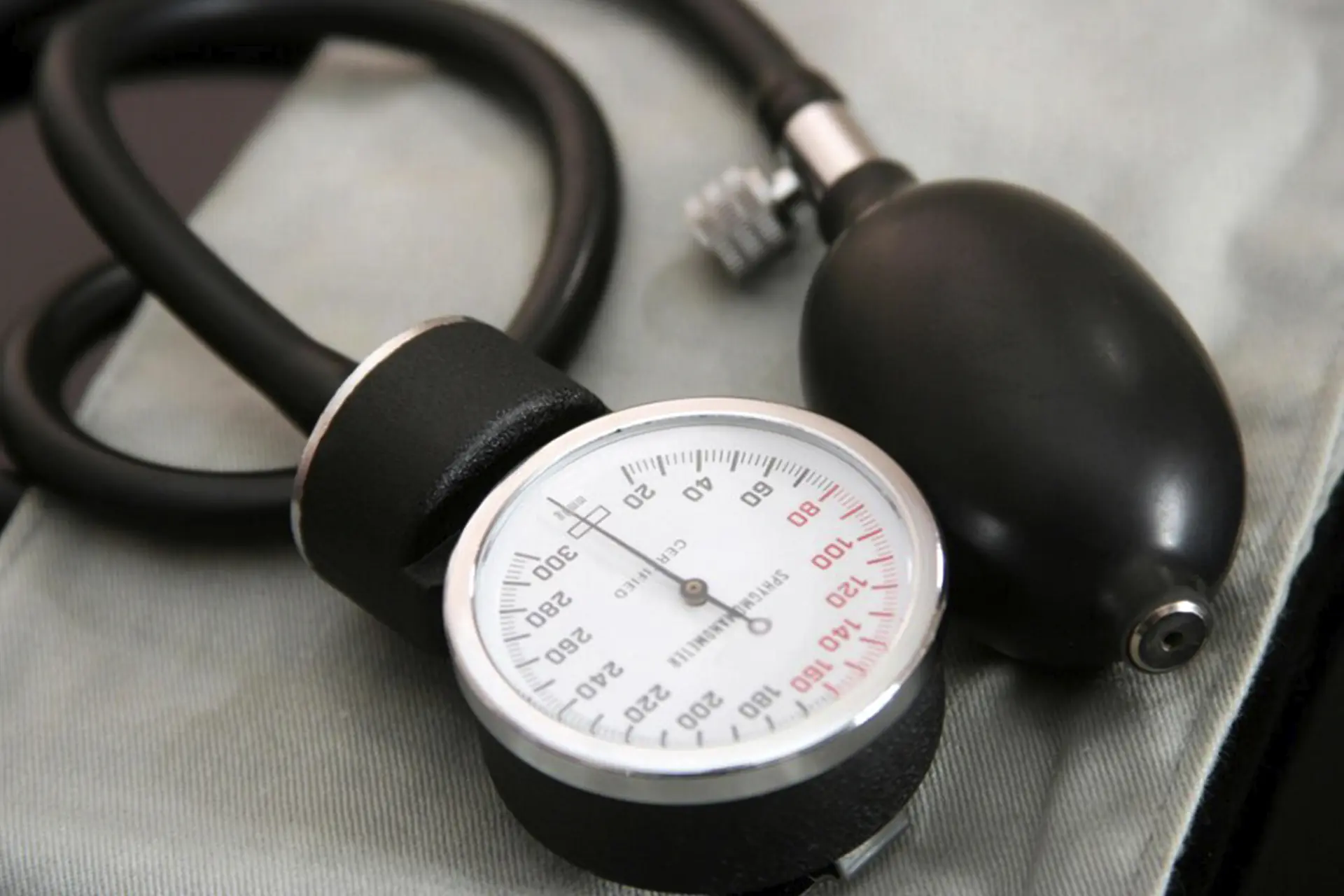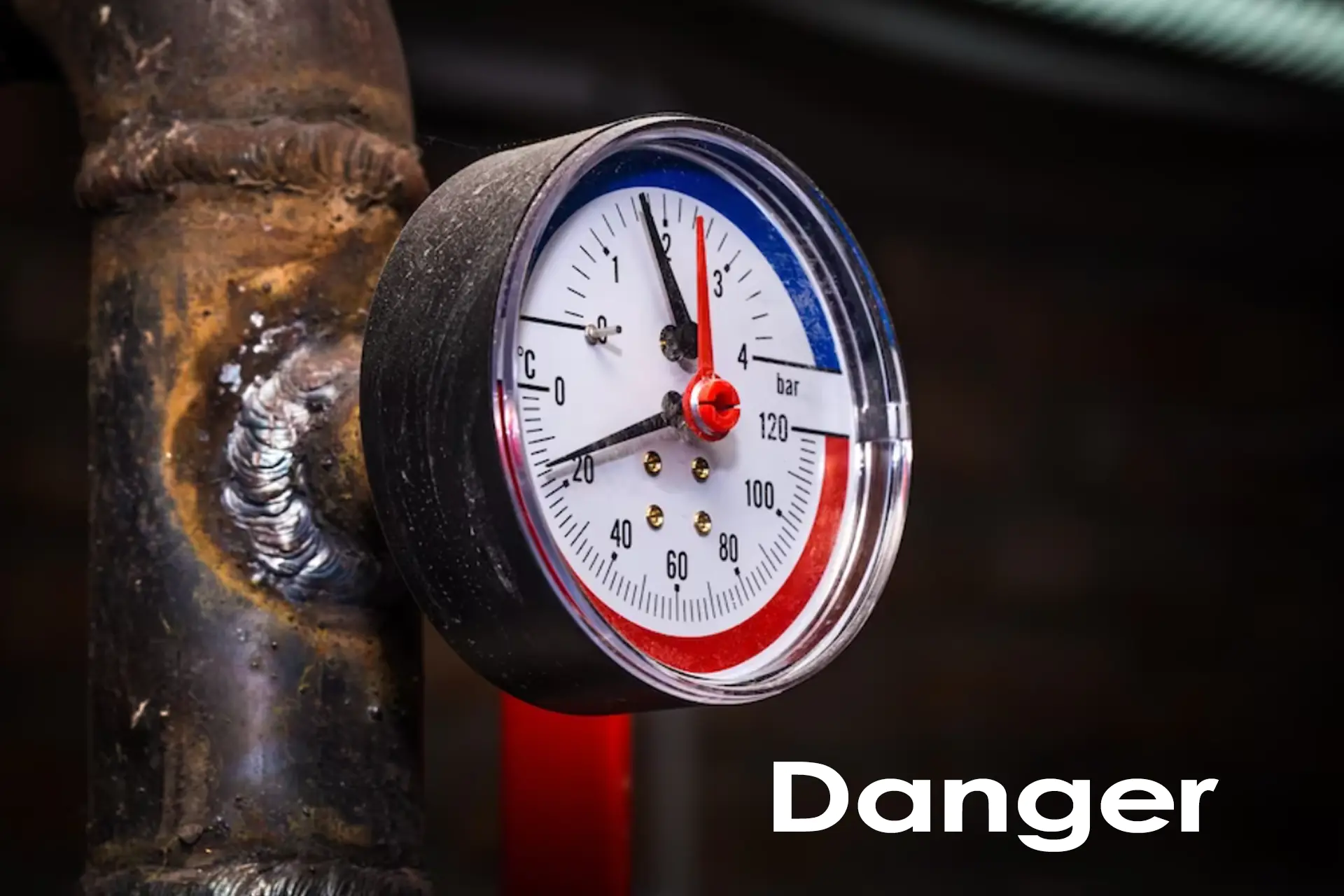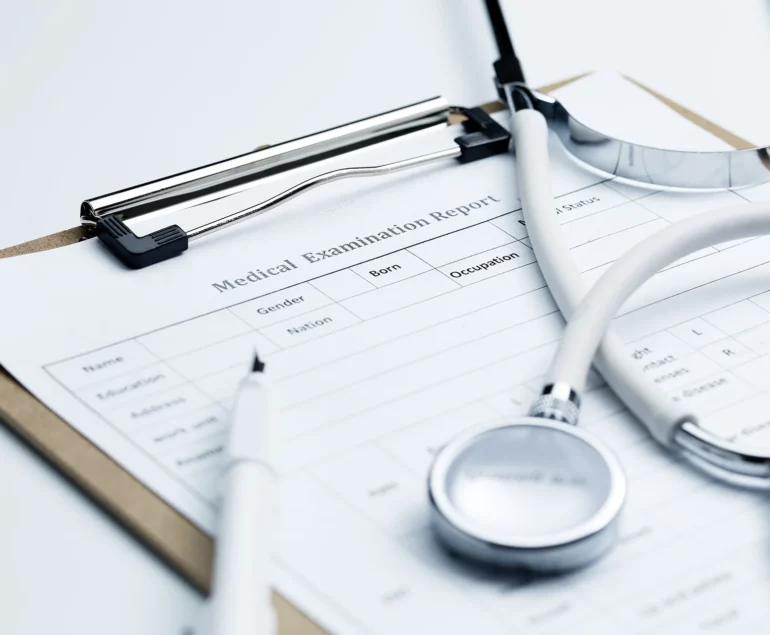An Essential Guide to Hypertension: Understanding, Diagnosing and Managing the Silent Killer
Hypertension, also known as high blood pressure, is a silent killer that affects more than a billion people worldwide. In this article, we’ll cover the necessary information about hypertension – what it is, how to diagnose it, and how to manage it.
We’ll also discuss the dangers of untreated hypertension and the complications associated with it. So read on to find out all you need to know about this condition!
Introduction to Hypertension
Hypertension, also known as high blood pressure, is a health condition in which the body loses the ability to control the force that blood exerts against artery walls as it travels around the body. This results in a high enough blood pressure that it may eventually cause health problems, such as heart disease and damage to blood vessels.
Blood pressure is measured in millimeters of mercury (mmHg). Normal blood pressure is should be around 120 mmHg systolic (the top number) and 80 mmHg diastolic (the bottom number). About 15 mmHg plus or minus is acceptable. The abnormal cut-offs are anything above 140 mmHg (systolic) and 90 mmHg (diastolic). If either one of these numbers is higher, you could have hypertension.
There are two types of hypertension: primary and secondary. Primary hypertension means that no specific medical cause can be found to explain your high blood pressure. It is also called essential hypertension. Secondary hypertension indicates that your high blood pressure results from an identifiable cause, such as kidney disease or taking certain medications.
Most people with essential hypertension have no symptoms. That’s why it’s often called the “silent killer.” But if left untreated, it can lead to serious health problems, such as heart disease, stroke, and kidney failure.
If you have any concerns about your blood pressure, make an appointment to see your doctor or nurse.
Causes of Hypertension
There are many possible causes of hypertension, and often multiple factors contribute to the development of the condition. Some of the more common causes include:
- A family history of hypertension: If your parents or other close relatives have high blood pressure, you’re more likely to develop it yourself.
- Obesity or overweight: Excess weight puts added strain on your heart and blood vessels, leading to higher blood pressure.
- Lack of physical activity: A sedentary lifestyle can contribute to hypertension.
- Diet: Eating too much salt can cause your body to retain fluid, which raises blood pressure. A diet high in saturated and trans fats can also contribute to higher blood pressure levels.
- Stress: Both chronic stress and acute stress can lead to a temporary increase in blood pressure.
- Certain medications: Some drugs, such as birth control pills, decongestants, and nonsteroidal anti-inflammatory drugs (NSAIDs), can raise blood pressure.
Symptoms of Hypertension
There are a number of different symptoms of hypertension, and they can vary depending on the individual. However, there are some common signs and symptoms that are associated with the condition. These include:
- headaches
- dizziness
- blurred vision
- chest pain
- difficulty breathing
- fatigue
If you experience any of these symptoms, it is important to see your doctor as soon as possible so that they can assess whether or not you have hypertension.
Diagnosing Hypertension
Hypertension is diagnosed by measuring blood pressure at least two times, with a minimum of 4 hours between the measurements. If the blood pressure readings are abnormal both times you could have blood pressure.
The diagnosis can be made more accurately if a BP profile is created for a few days to generally see what your maximum highs and lows are. The profile also helps to determine whether antihypertensive therapy is necessary or perhaps other treatment modalities like diet and lifestyle changes would be adequate.
Managing Hypertension with Medication, Diet, and Lifestyle Changes
Hypertension, or high blood pressure, is a common condition that affects millions of people around the world. While it can be caused by a number of factors, including genetics, lifestyle choices, and underlying medical conditions, it often goes unnoticed until it leads to serious health complications.
Fortunately, hypertension can be effectively managed through a combination of medication, diet, and lifestyle changes. If you have been diagnosed with hypertension, or are at risk for developing the condition, here are some important things to keep in mind:
- Medication: There are a variety of medications available to treat hypertension, including diuretics (which help remove excess fluid from the body), ACE inhibitors (which lower blood pressure by widening blood vessels), and beta blockers (which slow the heart rate and reduce blood pressure). Your doctor will work with you to determine which medication or combination of medications is best for you.
- Diet: Eating a healthy diet is an important part of managing hypertension. Focus on eating plenty of fruits, vegetables, whole grains, low-fat dairy products, lean protein sources, and healthy fats. Avoid processed foods, salt, and sugary drinks.
- Lifestyle changes: In addition to medication and diet, making lifestyle changes can also help manage hypertension. Getting regular exercise (30 minutes most days of the week), quitting smoking cigarettes ,and reducing stress levels can all help lower blood pressure over time.
Dangers of Untreated Hypertension
Hypertension, or high blood pressure, is a medical condition that occurs when the force of blood against vessel walls is too high. This can damage vessels and lead to a variety of health problems, including heart disease, stroke, and kidney failure.
If hypertension is left untreated, it can be dangerous. Untreated hypertension can lead to a heart attack, stroke, or kidney failure. In some cases, it can even be fatal. That’s why it’s important to see a doctor if you think you may have hypertension. A doctor can help you manage your blood pressure and reduce your risk of developing serious health problems.
Conclusion
Hypertension can be a daunting disease to face, but with the right tools and understanding it is possible to manage your hypertension in a safe and effective manner. We hope this guide has provided you with an essential overview of hypertension, how to diagnose it, and how best to manage it. If you or someone you know are dealing with high blood pressure, make sure they seek medical attention as soon as possible so that they can receive the necessary treatment for their condition.






Great article on HTN I got this information on how to control hypertension at http://www.pamulomo.com
Here the details seem to be more professional thanks a lot Dr mujajajati